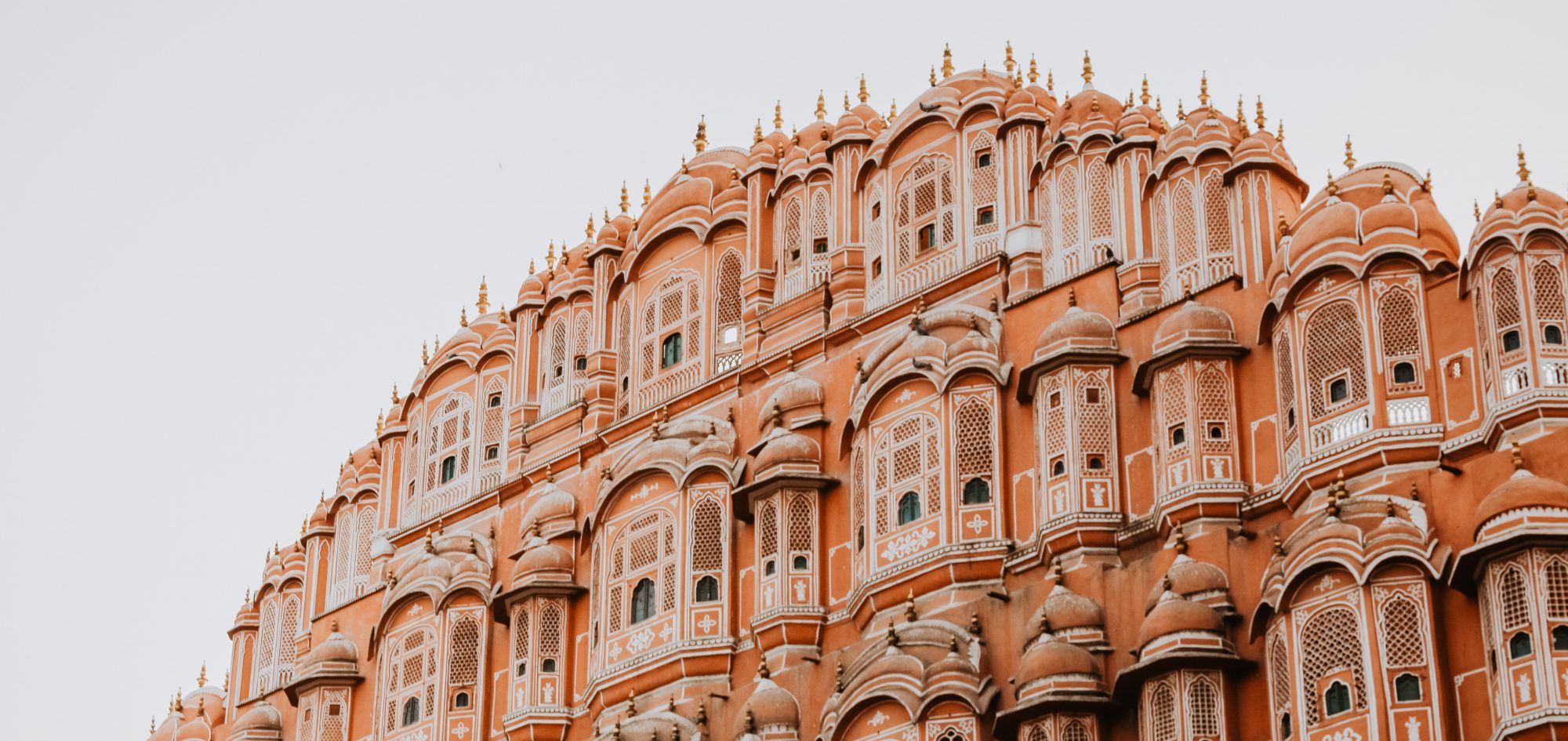Kumauni or Kumaoni Holi (कुमाँऊनी होली), is the historical and cultural celebration of the Hindu festival of Holi in the region of Kumaon, Uttarakhand, India. It is one of the most important festivals for the Kumauni people as it signifies not only the victory of good over evil but also end of the winter season and the start of the new sowing season which holds great importance for this agricultural community of the North Indian Himalayas. It is an amalgamation of the cultural traditions of North India and the local traditions of Kumaon.
The uniqueness of the Kumaoni Holi lies in its being a musical affair, whichever may be its form, be it the Baithki Holi, the Khari Holi and the Mahila Holi all of these which start from Basant Panchmi. That is to say the festivities of Holi last for almost two months in Kumaon. The Baithki Holi and Khari Holi are unique in that the songs on which they are based have touch of melody, fun and spiritualism. These songs are essentially based on classical ragas. No wonder then the Baithki Holi is also known as Nirvan Ki Holi or Holi of Salvation.
Kumauni Holi has characteristics which are very different from Holi celebrations anywhere in the country
*Baithaki Holi*
Baithki Holi (बैठकी होली), (literally Sitting Holi) is a form of musical gathering starting from the day of Basant Panchmi held all across Kumaon till the Dulhendi (or the last full moon day of the lunar month Phalguna). In some areas of Kumaon it starts even earlier at the peak of winter on the first Sunday of the Indian month of Paush that is in the month of December.
The Baithaki Holi songs are based on the classical traditions of Hindustani Classical Music but have heavy influence of Kumaoni folk music traditions.
The Baithki Holi begins from the premises of temples, where Holiyars (होल्यार), (the singers of Holi songs) as also the people gather to sing songs to the accompaniment of classical music like harmonium and tabla.
The Baithaks or sittings are held in the local community centres and even at local homes.
The songs are usually religious in nature and concern tales from the life of the Hindu God Krishna. Still these Baithaks are an inter-religious affair as even Muslims and Christians participate in these gatherings.
*Khadi Holi*
Khadi Holi (खड़ी होली), (literally Standing Holi) usually starts along with but sometimes a little later than Baithaki Holi. It is mostly celebrated in the rural areas of Kumaon. The songs of the Khari Holi are sung by the people, sporting traditional white nokdaar topi, churidar payajama and kurta, dance in groups to the tune of ethnic musical instruments like the Dhol and Hurka.
Men in groups singing Khadi holi songs which are much more Kumaoni in flavour than the classical renditions of the Baithaki holi visit different homes and greet the members of that house and chant hymns praying for prosperity of the householder. These groups of men are called Tolis. Khadi Holi is filled with excitement and frolic as opposed to the more sombre nature of the Baithaki Holi.

*Mahila Holi*
They are gatherings similar to Baithaki but composed exclusively of women.

